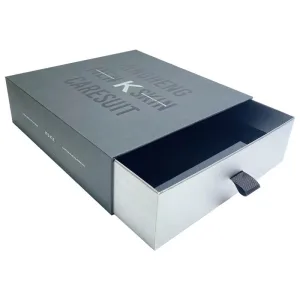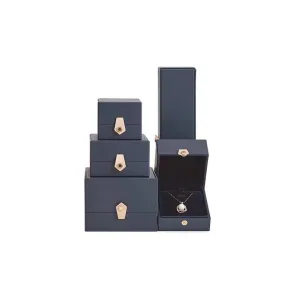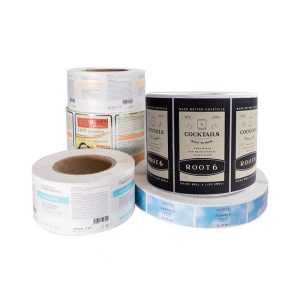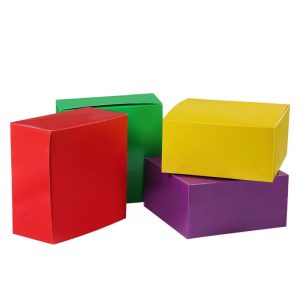Packaging design is an essential element in the success of any product launch. A well-designed package enhances the brand image, attracts customers, and influences their purchasing decisions. However, to ensure that a packaging design meets the needs of the product and target market, it is critical to test and evaluate it before launch. In this article, we will explore the importance of packaging evaluation and testing, the steps involved, common testing methods, and examples of packaging testing cases of famous brands.
The importance of packaging evaluation and testing
Packaging evaluation and testing ensure the design aligns with the brand’s objectives and meets customer expectations. Before the product launches, packaging testing can help identify potential problems. Testing can also help identify packaging features that customers find appealing, thus increasing the chances of a successful launch. Additionally, testing can help businesses save money and time by avoiding costly packaging errors and rework.
Steps of Packaging Evaluation and Testing & Common Packaging Testing Research Methods
The following are the steps involved in packaging evaluation and testing:
Step 1: Define Objectives
The first step in packaging testing is to define the objectives of the evaluation. The objectives should align with the brand’s goals and cover aspects such as customer perception, functional performance, and sustainability.
Step 2: Identify the Target Market
The second step is to identify the target market. This step is crucial as packaging design should appeal to the target market’s preferences and needs. This information can be obtained through market research, surveys, and focus groups.
Step 3: Develop Test Plan
The third step is to develop a test plan that outlines the testing methodology, sample size, and test parameters. It is also important to include in the test plan the testing timeline, the methods for collecting data, and the methods for analyzing it.
Step 4: Conduct Testing
The fourth step is to conduct the test. Testing packaging designs can be done in several ways, including surveys, focus groups, and in-store testing. The results of these methods provide valuable feedback on the packaging design’s functionality, aesthetics, and overall appeal.
Step 5: Analyze the Results
The final step is to analyze the test results. The results should be compared to the initial objectives, and any necessary adjustments should be made to the packaging design based on the feedback received.
Common packaging testing research methods include:
- Eye-tracking studies to determine where customers focus their attention on packaging design
- Consumer surveys to gather feedback on packaging design
- Focus groups to test packaging design with a representative sample of the target market
- In-store testing to evaluate the impact of packaging design on purchase behavior

Packaging Testing Cases of Famous Brands and Presenting Data
Packaging testing has been critical to the success of many famous brands. For example, when Coca-Cola introduced the “Share a Coke” campaign, they tested extensively to ensure the personalized packaging resonated with consumers. The campaign was a huge success, and sales increased by 2.5% in the first month of launch.

Another example is Apple’s packaging design, which has been praised for its simplicity and functionality. One of the most famous cases of Apple’s packaging design testing is the evaluation of the packaging for the iPod. The company conducted a series of focus groups and surveys with users to gather feedback on the design and functionality of the packaging. Feedback from these groups was then used to refine the packaging design until it met the desired standards.
The packaging was tested for durability, ease of use, and aesthetic appeal. Apple also considered the environmental impact of packaging and made efforts to use eco-friendly materials wherever possible.
In addition to focus groups, Apple also uses various testing methods to evaluate its packaging designs, including drop, vibration, and compression testing. These tests simulate the conditions that the packaging will be subjected to during shipping and handling to ensure that it will protect the product inside.
In general, Apple’s attention to detail and commitment to rigorous testing and evaluation have resulted in packaging designs that are visually appealing, highly functional, and durable.

Data has become increasingly important packaging evaluation and testing tools in recent years. Big data analytics can provide insights into customer behavior and preferences, which can be used to optimize packaging design. For example, Amazon has used data analytics to identify packaging designs that are more environmentally friendly, resulting in a reduction in packaging waste.
Conclusion
Packaging testing and evaluation is a critical components of the product launch process. Taking the time to evaluate and test your packaging design will ensure that it meets the needs of your customers and your business, and ultimately will ensure the success of your product launch. Follow the steps outlined in this article and use the examples provided to create a packaging testing plan that will enable you to confidently launch your product.













